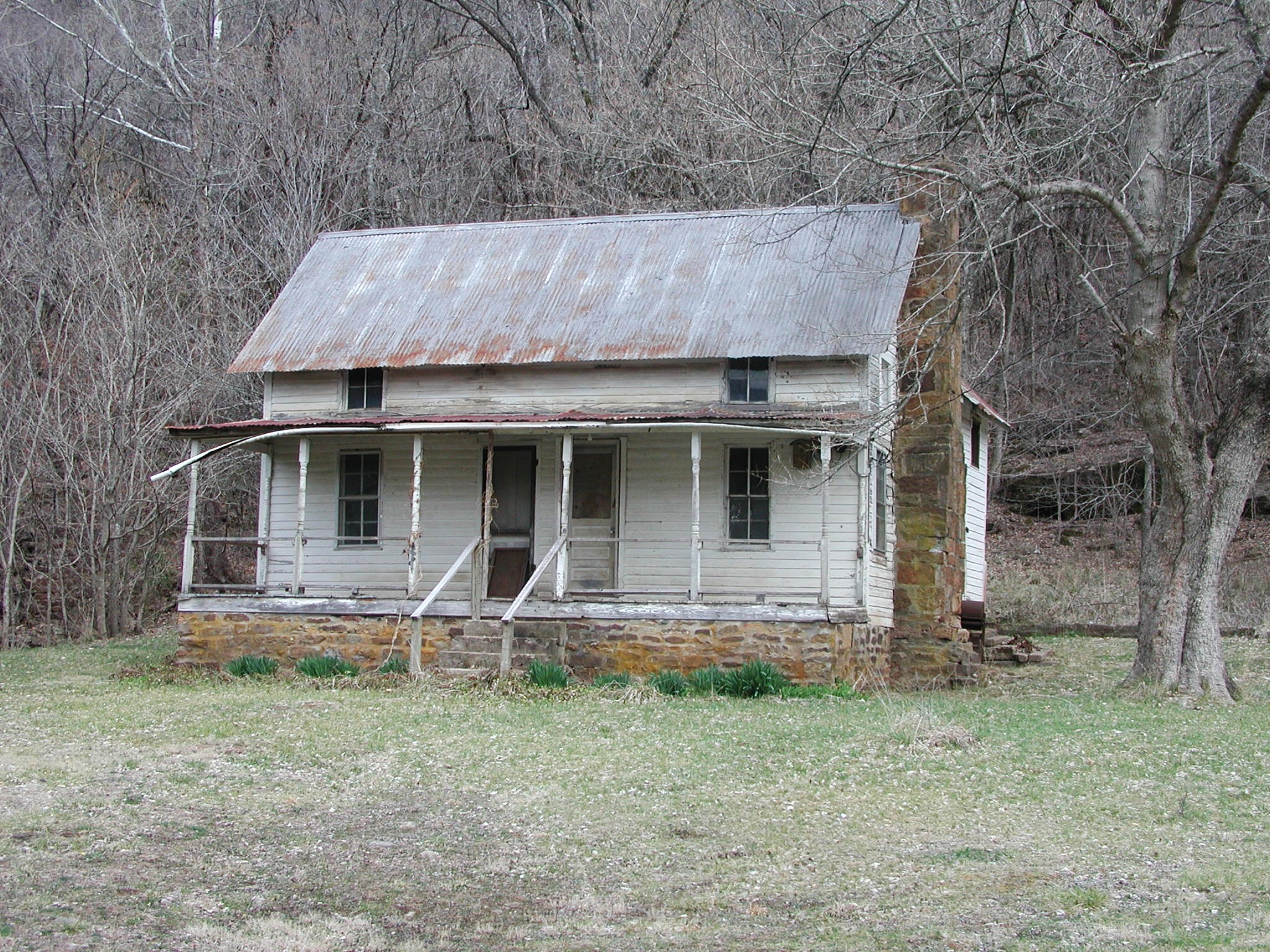Nest Building – the Double Pen House
Contact
University of Arkansas System Division of Agriculture
Cooperative Extension Service
2301 S. University Ave.
Little Rock, AR 72204

Nest Building – the Double Pen House
As I drive around suburbia today, I often find myself shaking my head at the new architectural style dubbed “McMansions.” You know the ones. Enormous expanses of dark shingled, high-peaked roofs huddled together in dense rows. Perhaps some sociologist can explain why these bemouths became the norm for contemporary middle-class Americans, but their appeal evades me. We all need a nest in which to raise our young, but why this style?
I am reminded of this when I think back to a visit I made to the University of Arkansas’ museum where I was shown drawer after drawer of bird nests. Each species had its own distinct design but with subtle differences depending on the availability of building materials, and no doubt, the skill of the builder. This gets me to thinking about a small house style I’ve seen all over the Ozarks – a style called the double pen house, or as Arkansas author Donald Harrington called them, a “duple.”
The double pen house, in its basic form, is a two-room, gable end structure that faces the road. The rooms are square and each has a door opening onto a covered shed-style front porch. Oftentimes these doors are adjacent to each other, with the doors opening into the corners of the rooms. Usually, either at the time of construction or as time and finances allowed, one or more rooms were added behind these two rooms either in the shape of a T or L.
My first encounter with a double pen house was when my late wife Jolene came home from work in 1994 telling me of a house in Fayetteville for sale for $15,000. My initial reaction was “no way,” but it turned out to be true. So, I became a house flipper before cable TV was even a thing. It was a classic double pen house with two front doors and a brick chimney in the middle of the house. Homes built after about 1880 mostly had brick chimneys to accommodate a wood burning stove while older homes usually had an external fireplace on one or sometimes both ends of the home.
Inside the walls of the house I found newspapers dating to 1904, probably when it was built. The house, probably when it was constructed, was in the shape of a T with a kitchen added behind the original two-room front. The framing studs were dimension cut oak boards. The foundation for the house was stacked sandstone held in place by a thick course of clay. Later an additional bedroom and bathroom was added using conventional stick framing materials.
I never knew what these old homes were called and it took some digging to give them a proper name. Springdale’s Shiloh Museum actually has a double pen house on its grounds but unfortunately it has been remodeled, removing the front porch and replacing the front doors with windows. But they put me on the trail of Jean Sizemore’s wonderful book “Ozark Vernacular Houses: A study of Rural Homeplaces” (U of Arkansas Press, 1994). In it she gives details of this common house style which was used throughout much of Arkansas and much of the mid-South from the early 1800s until the 1920s.
The double pen house is an evolutionary advance of the single pen house – usually just called a one room log cabin. As more space was needed, a second room was added to the first and the double pen house was born. Often the add-ons were made using sawmill lumber, so sometimes families forget there is a log cabin buried deep inside their old homes.
The two front doors continued to be part of the “right way” to build one of these homes, even after log construction was abandoned. The most often mentioned reasons for two front doors was better summertime ventilation, ease of slipping out to the outhouse at night, or one door was to the fancy side of the home for receiving guests while the other was to the family bedroom.
These little, homey houses were usually under 600 square feet during a period when large families were the norm. They were built using locally available material and, though they have a very similar look, probably without the aid of a formal house plan. Builders just intuited what they needed to do and arrived at the same place, double front doors and all.
These old houses are disappearing from the Ozark landscape. I know of many that are now gone, including the one I flipped and the one shown in the accompanying photo. Hopefully preservation-minded citizens will save examples of the double pen house which are the next step up from log cabins.
